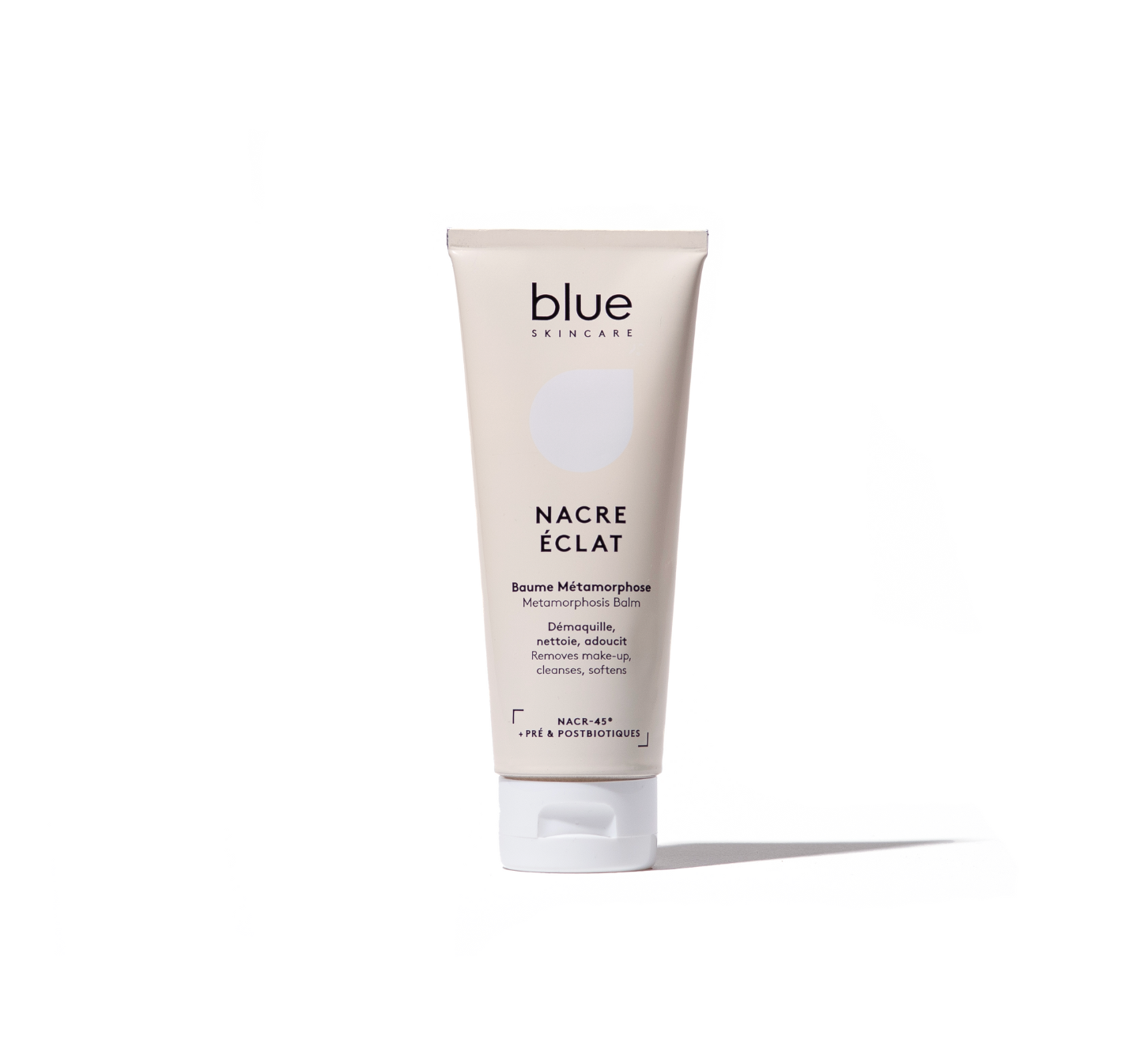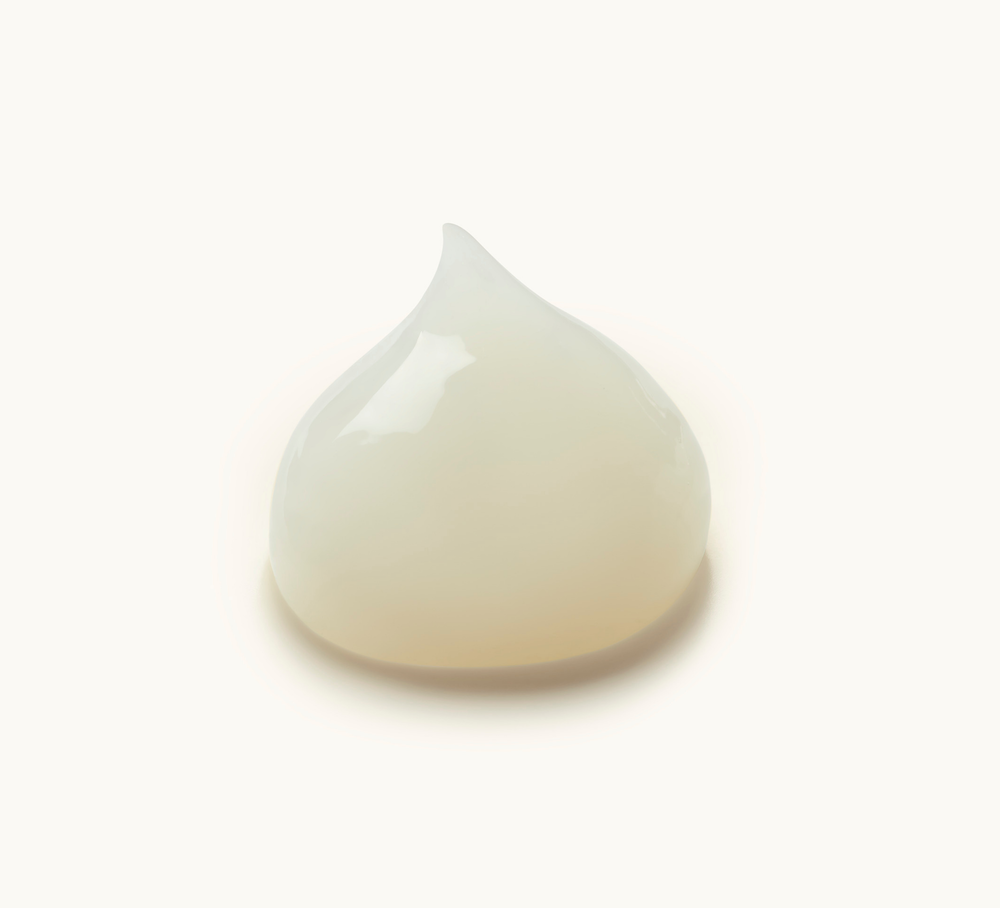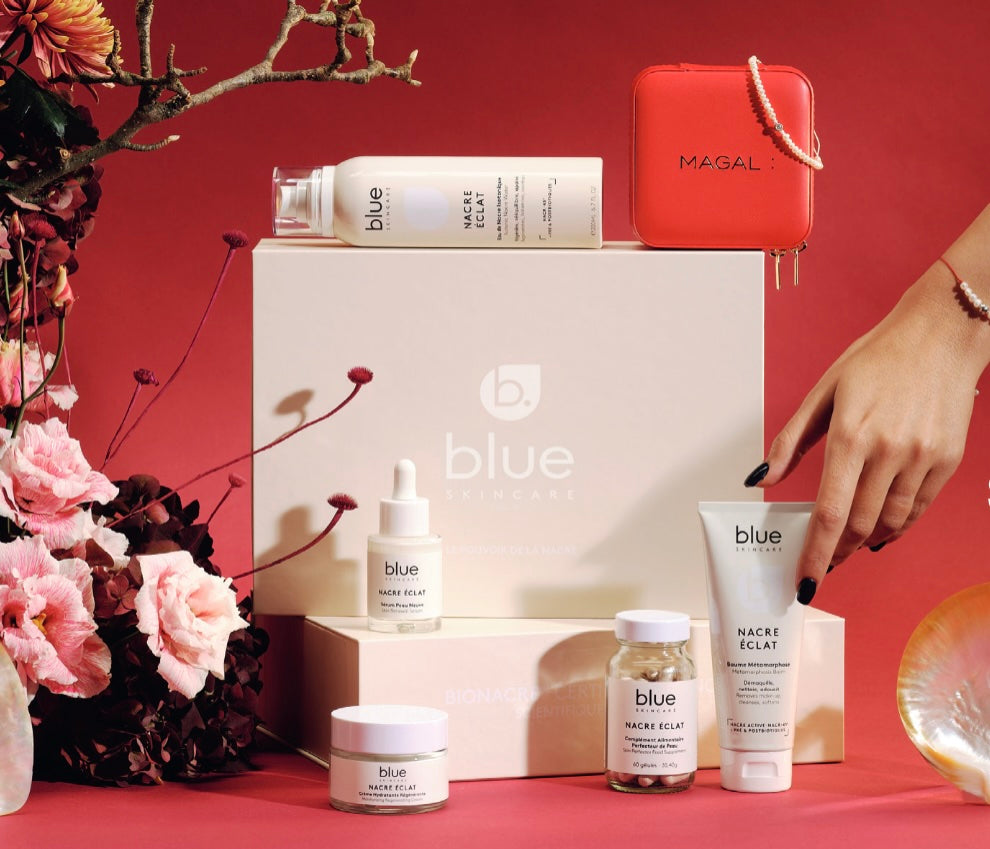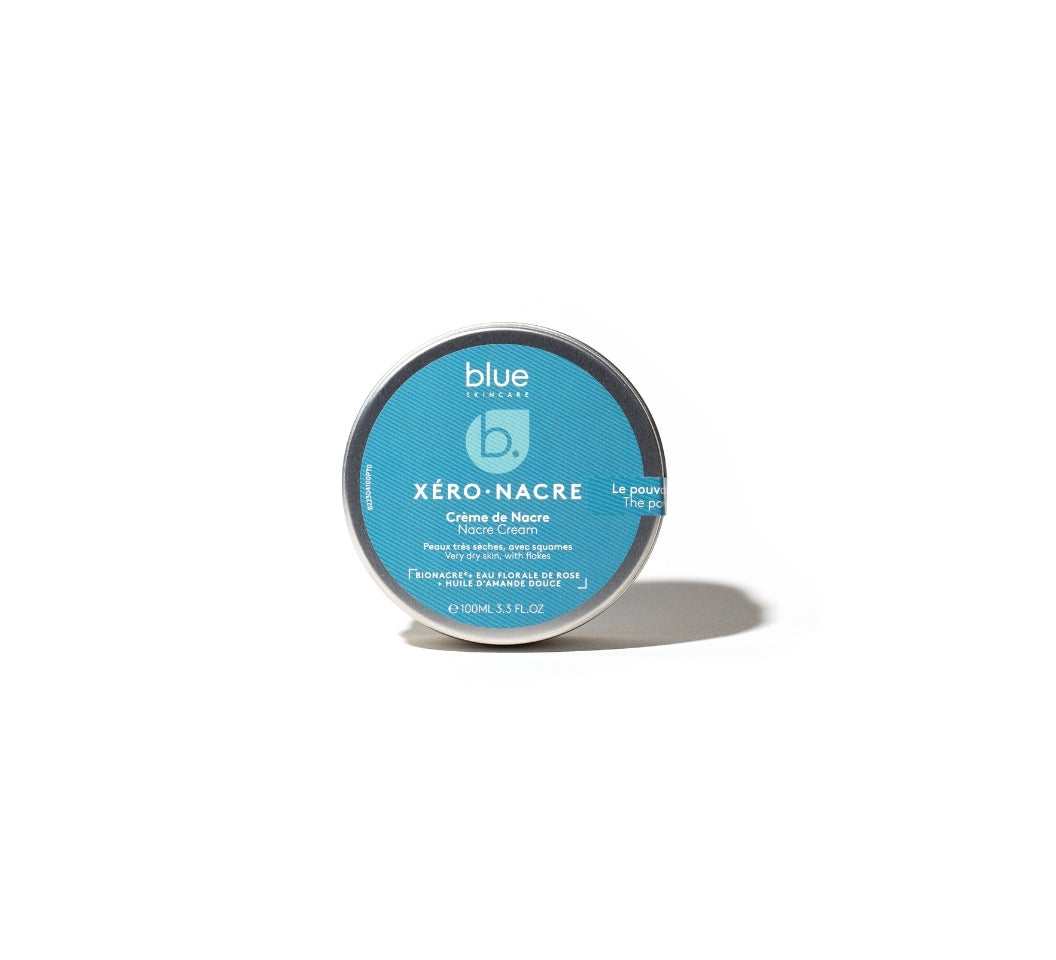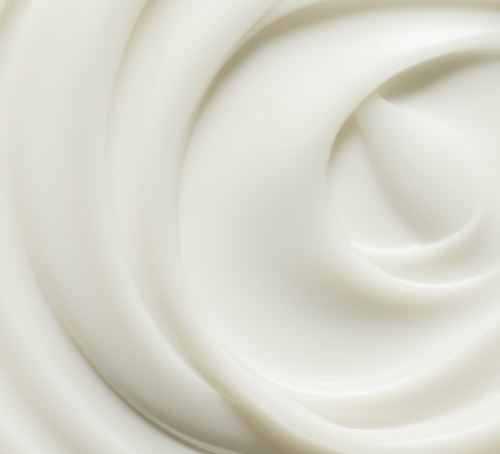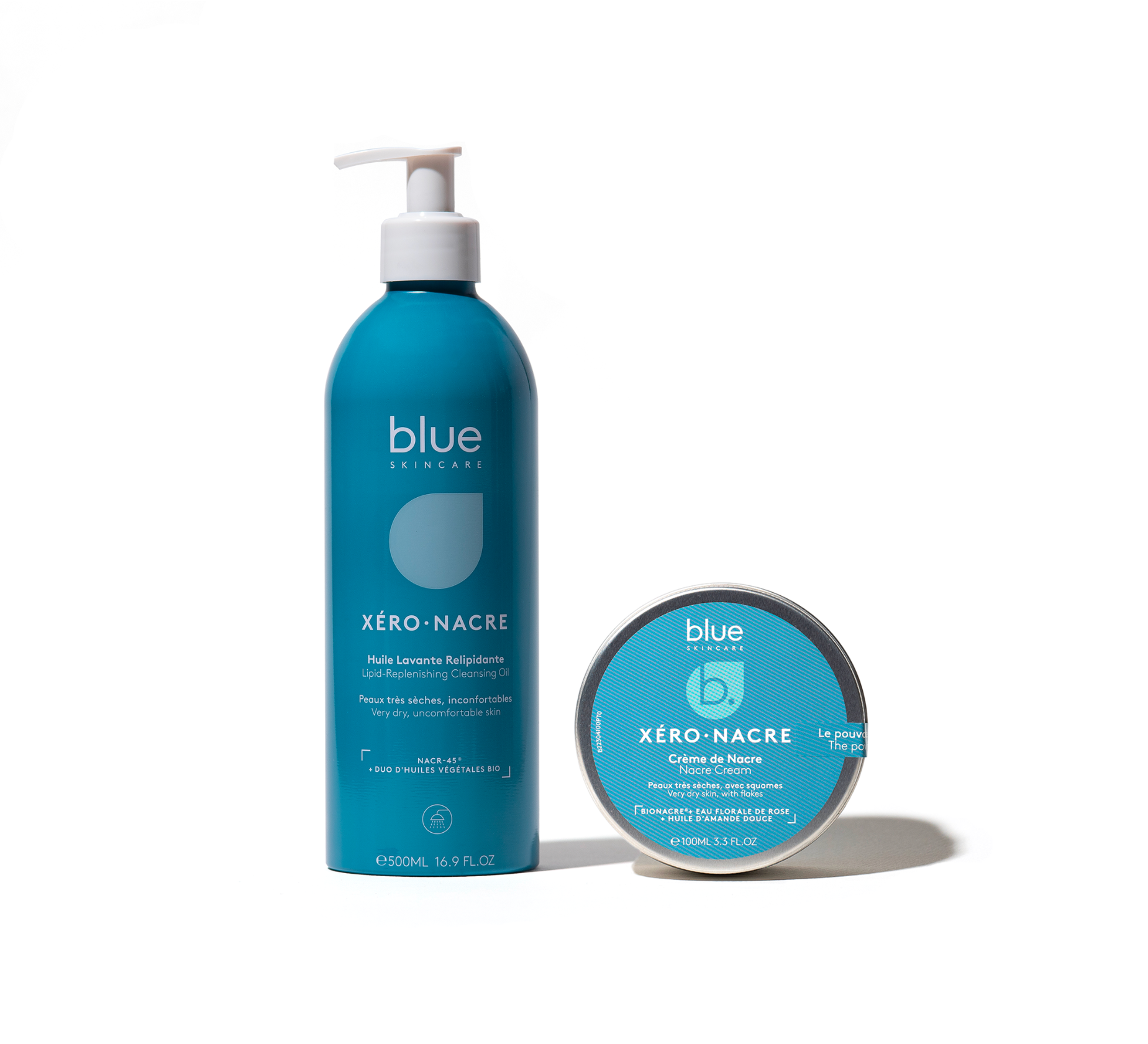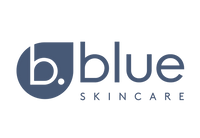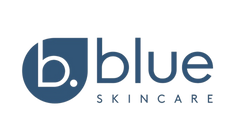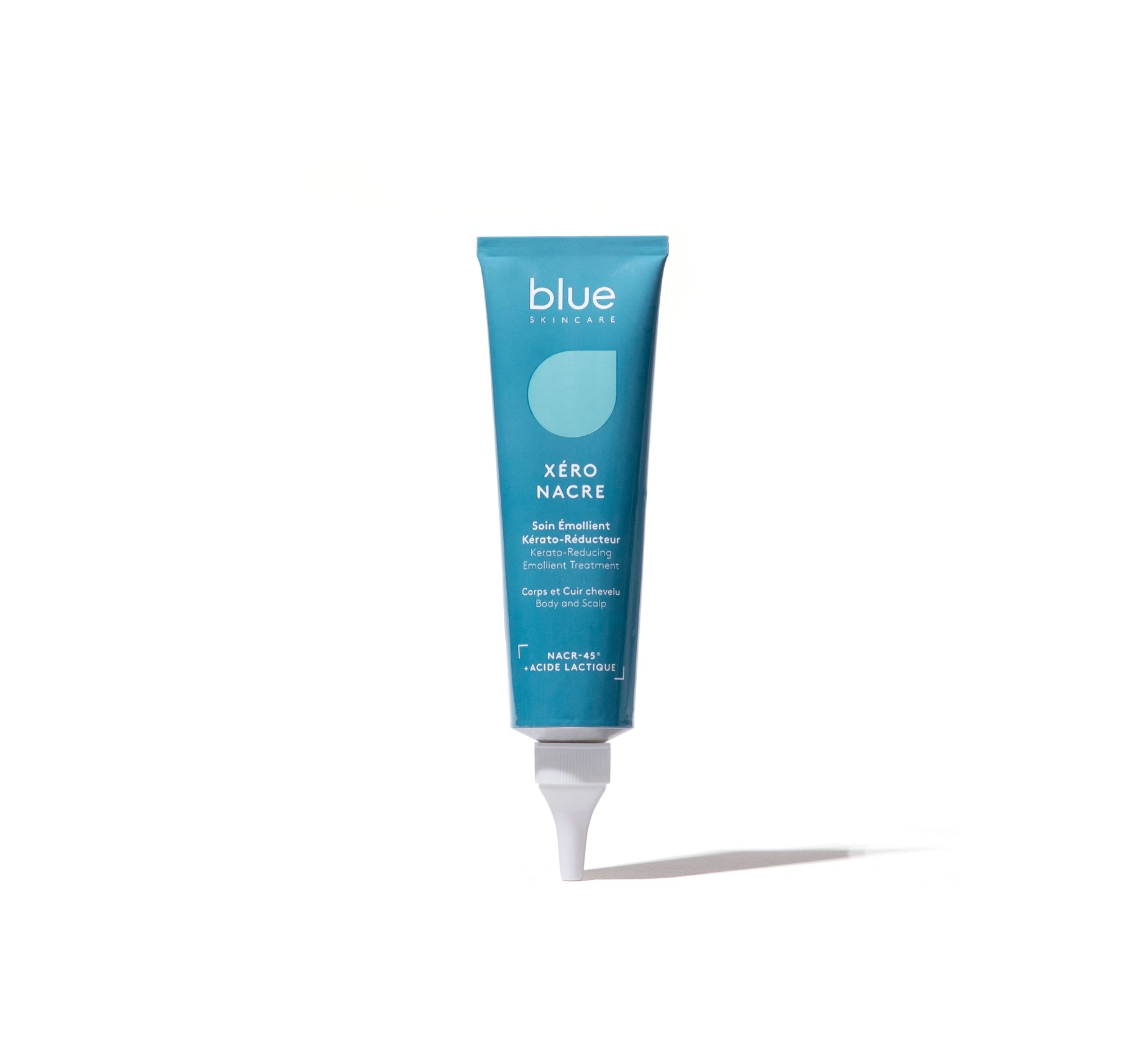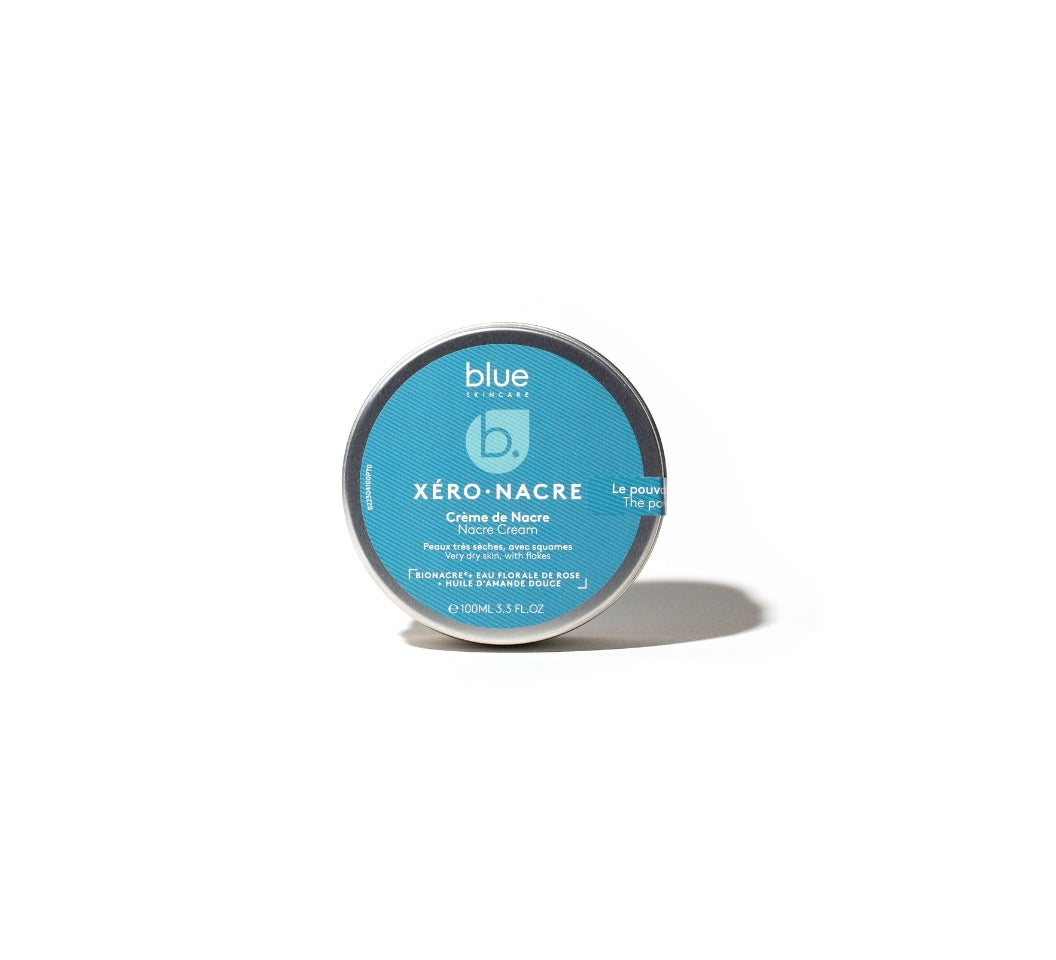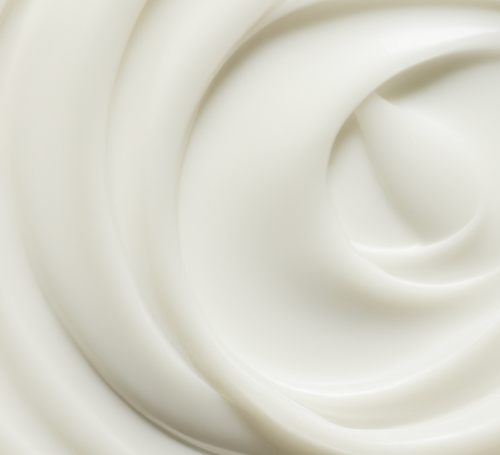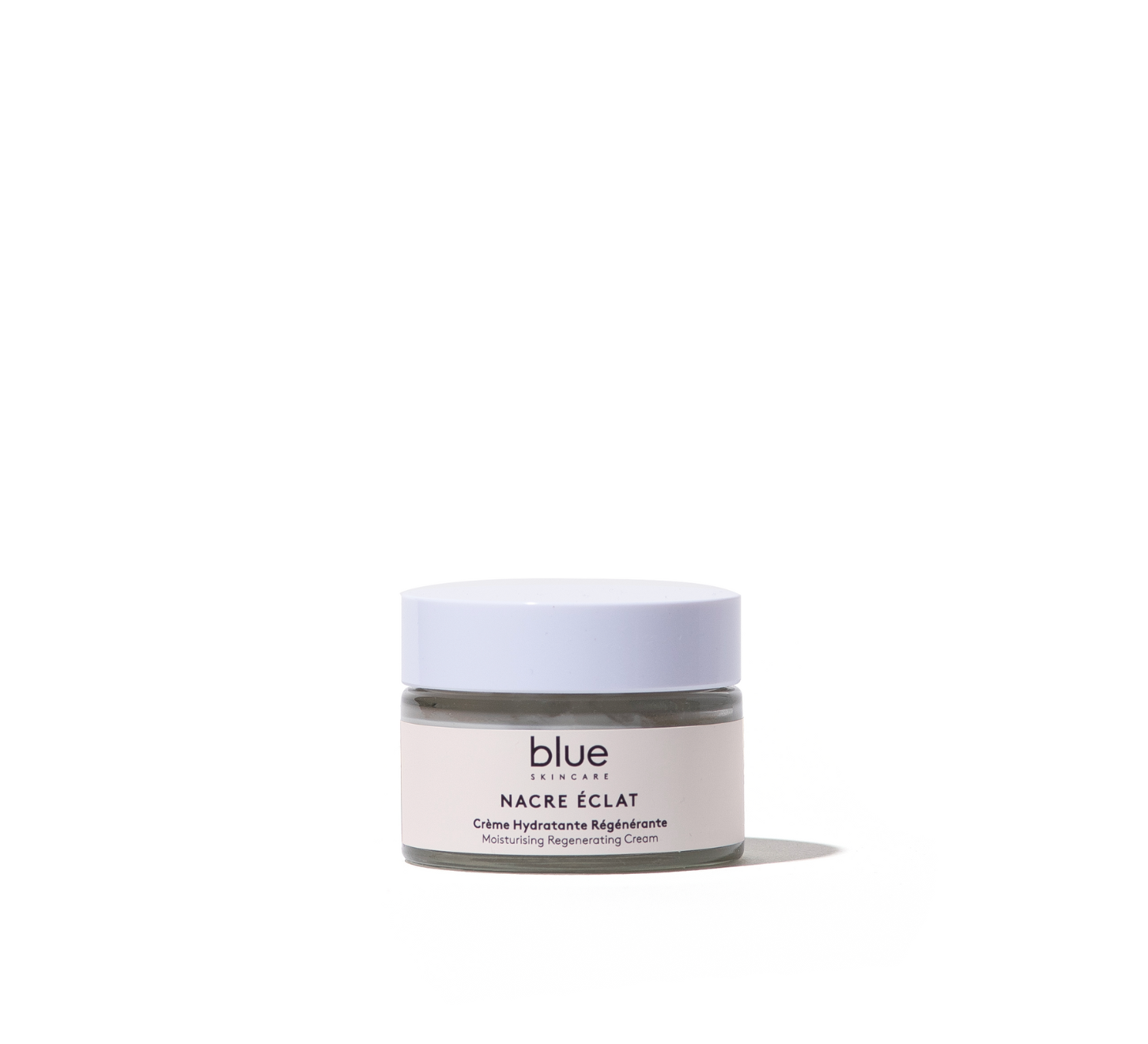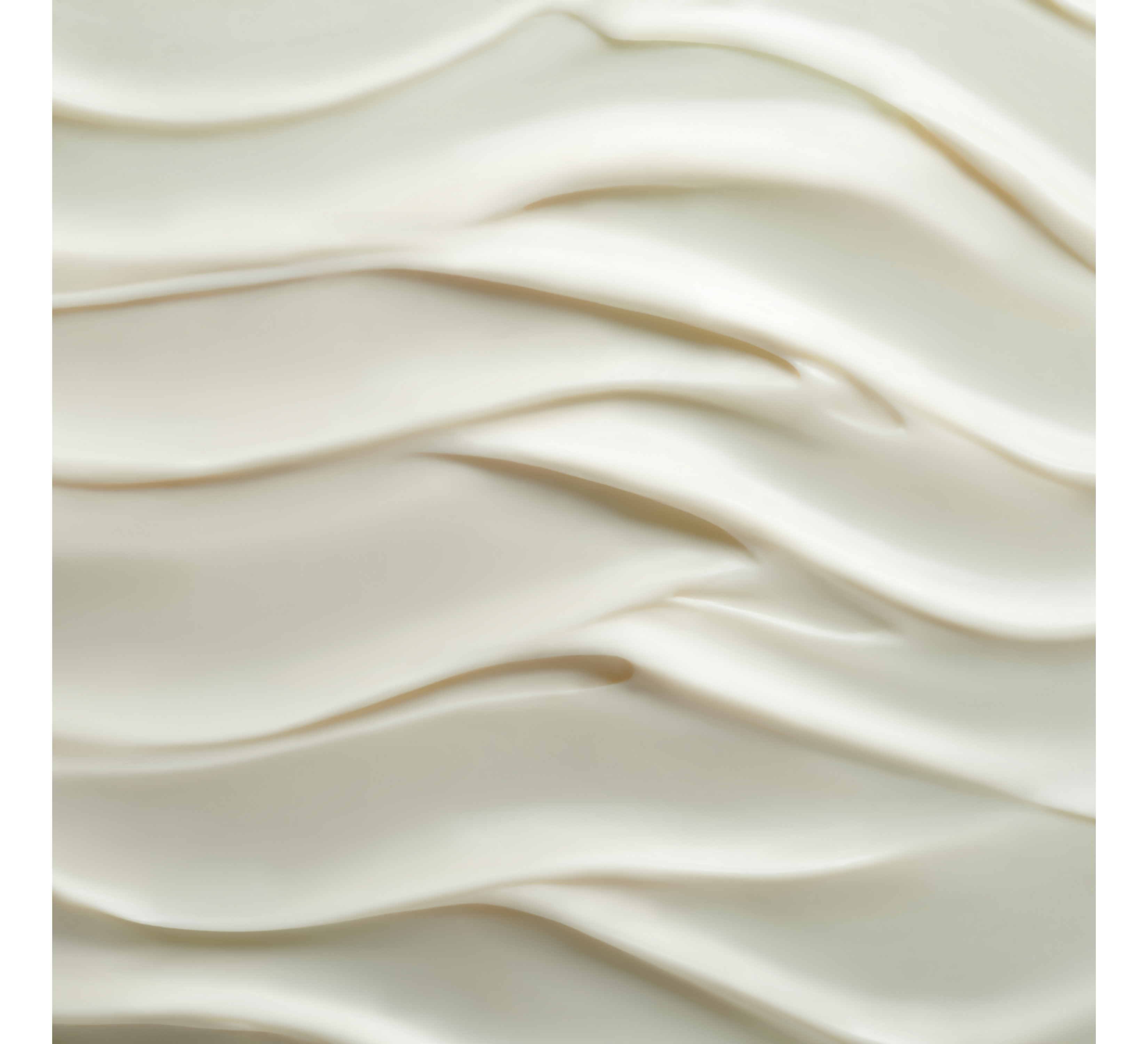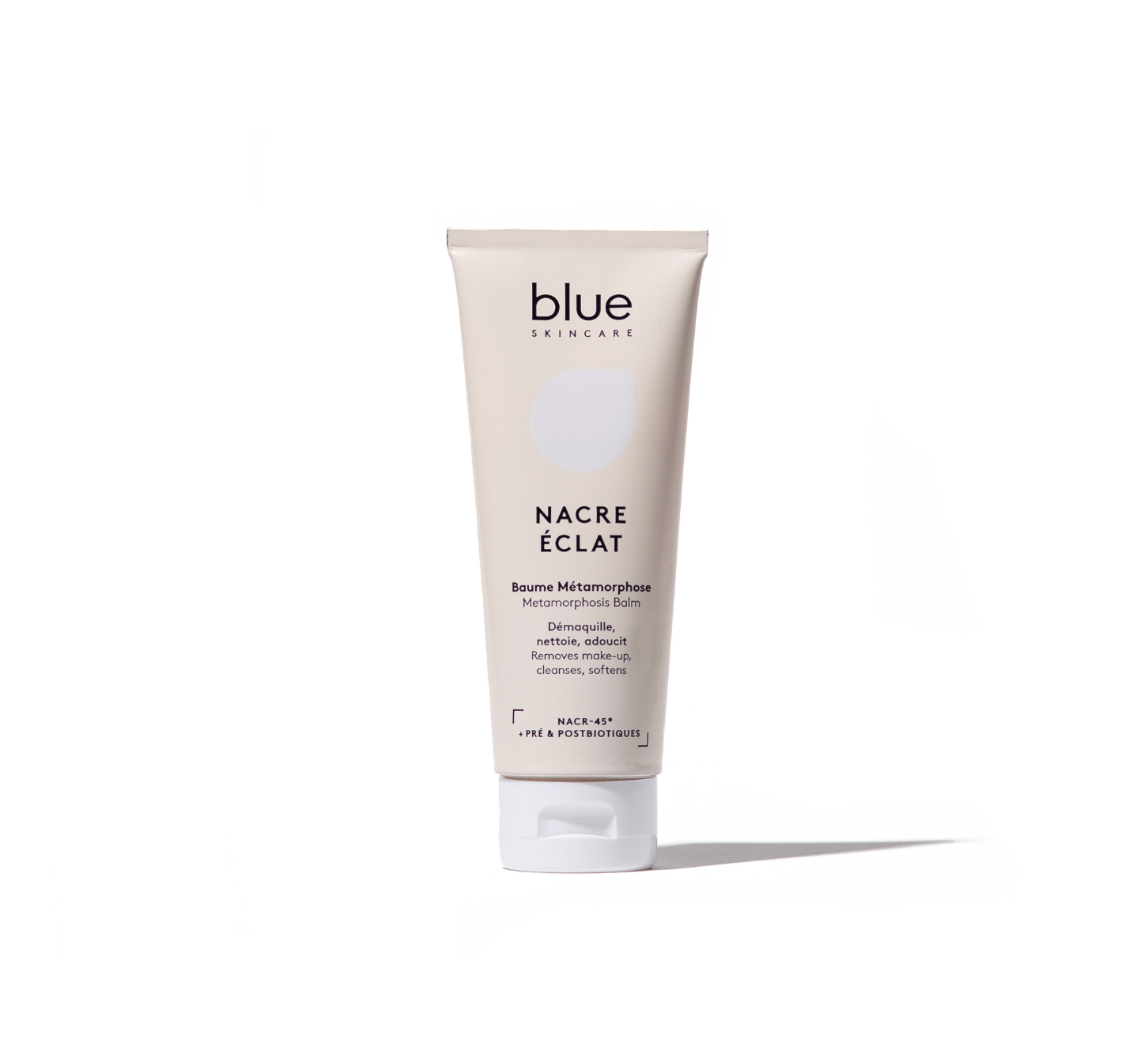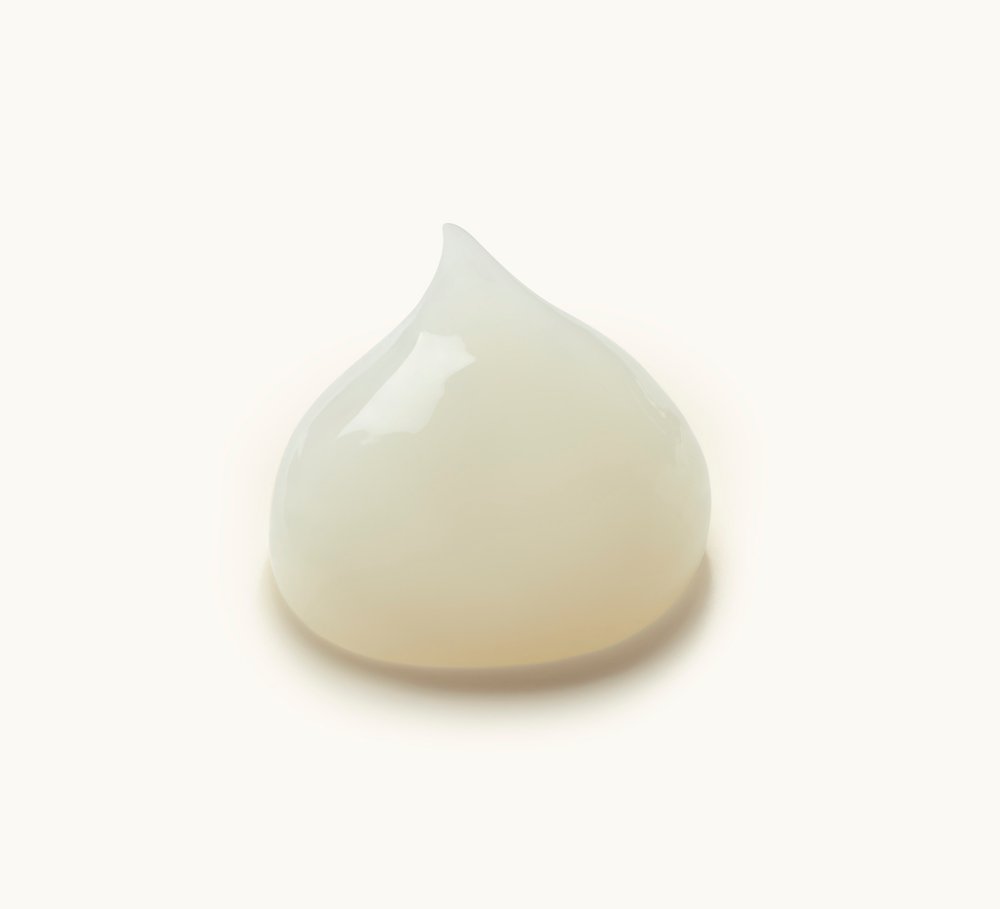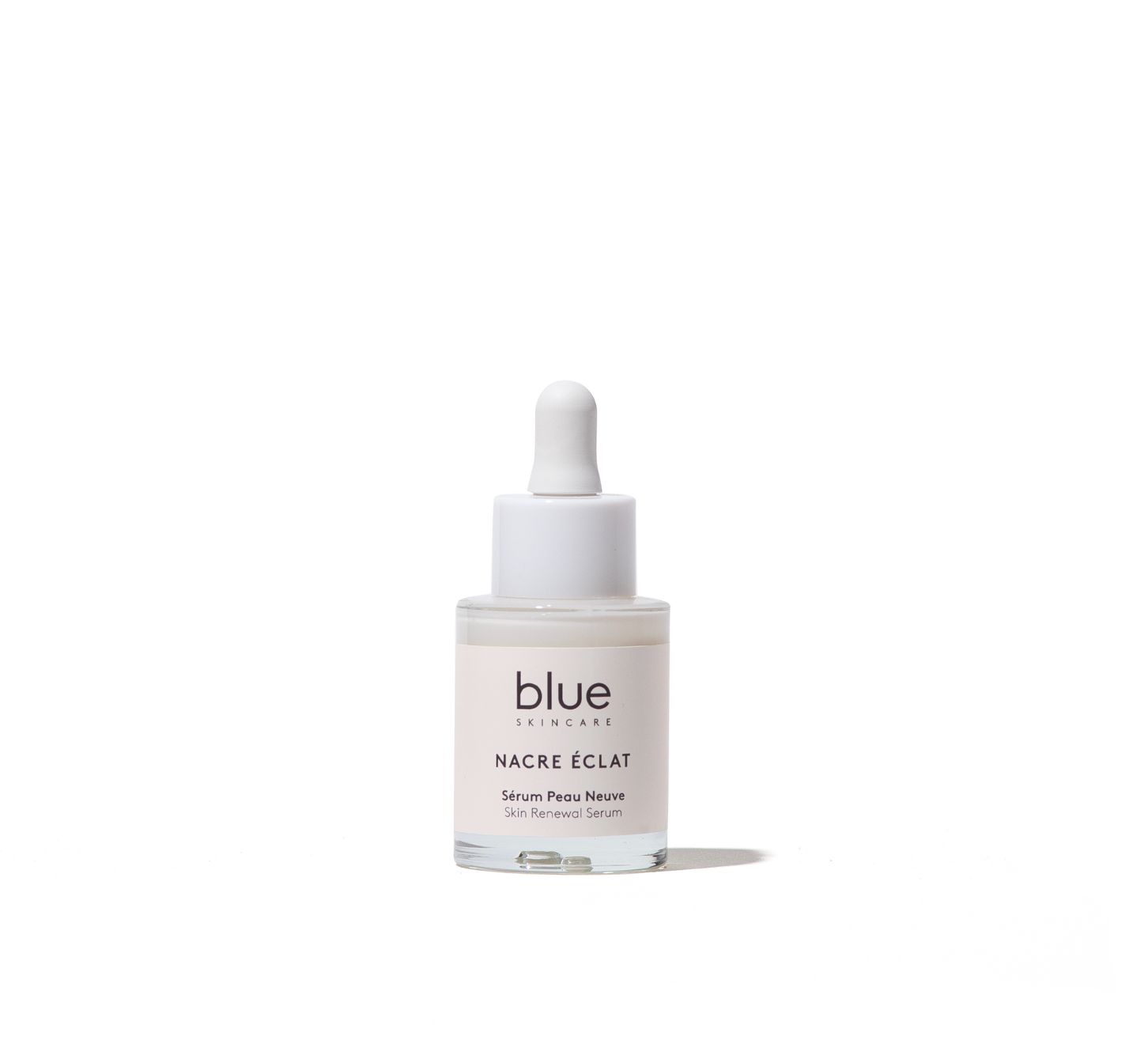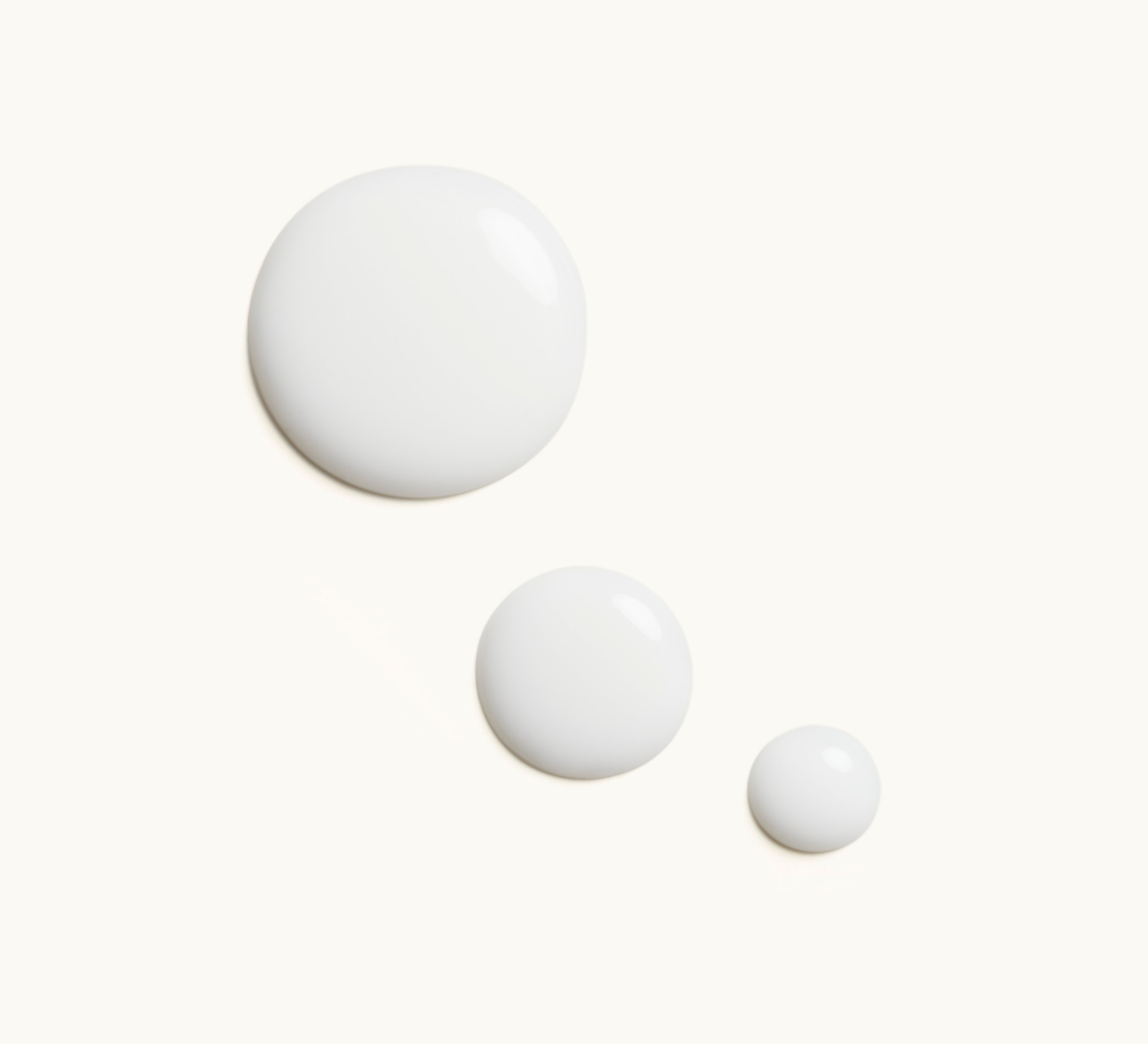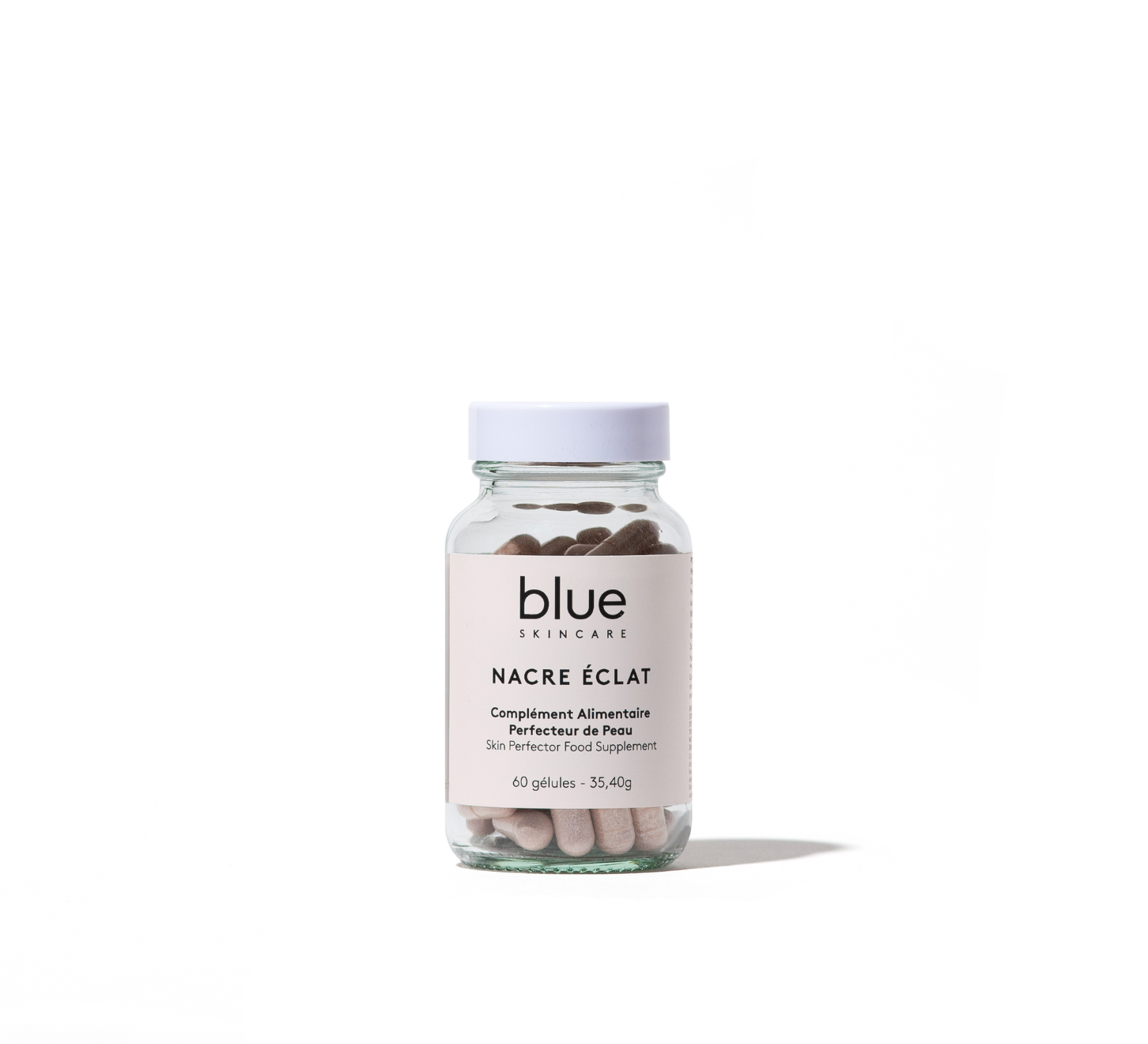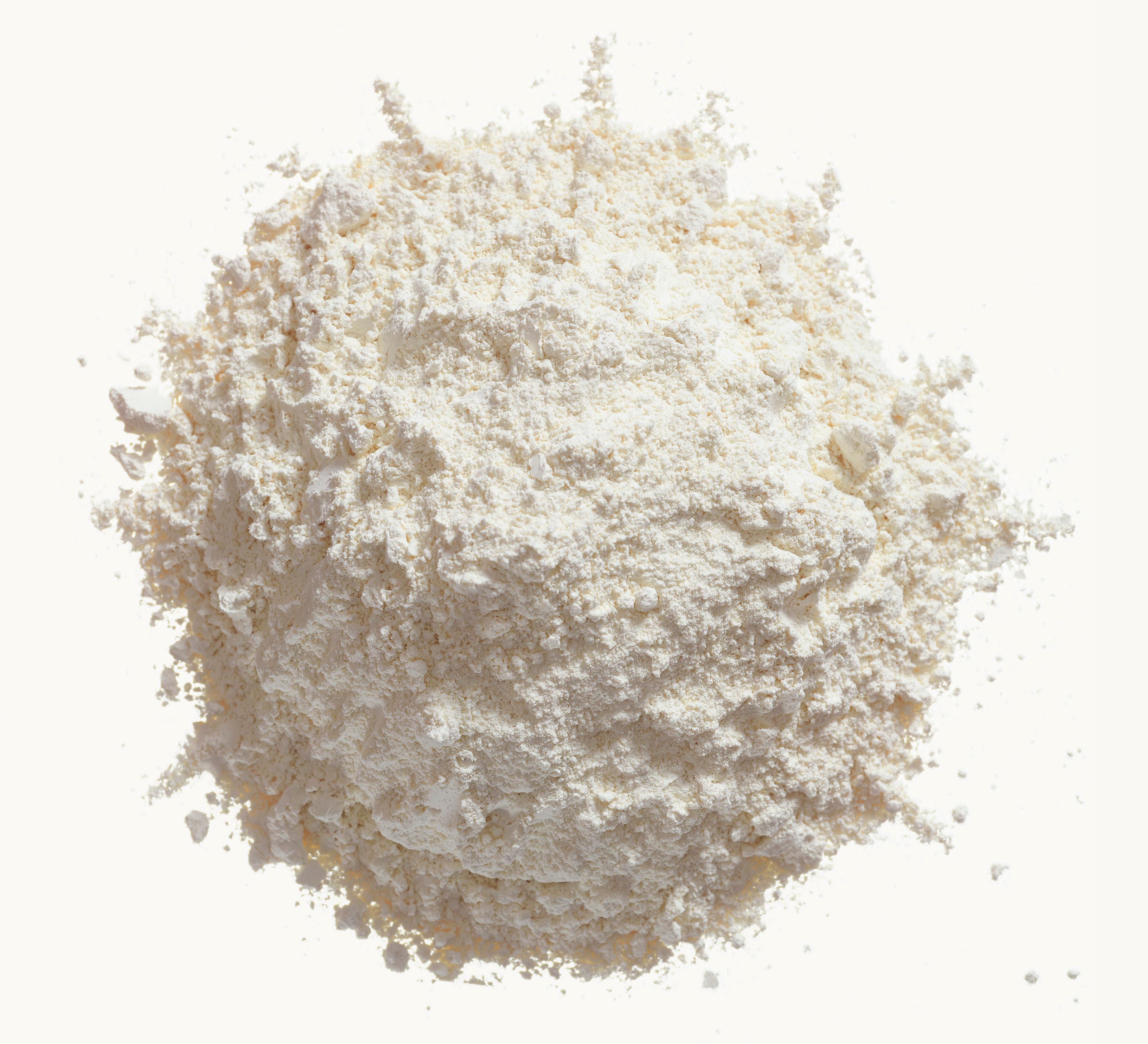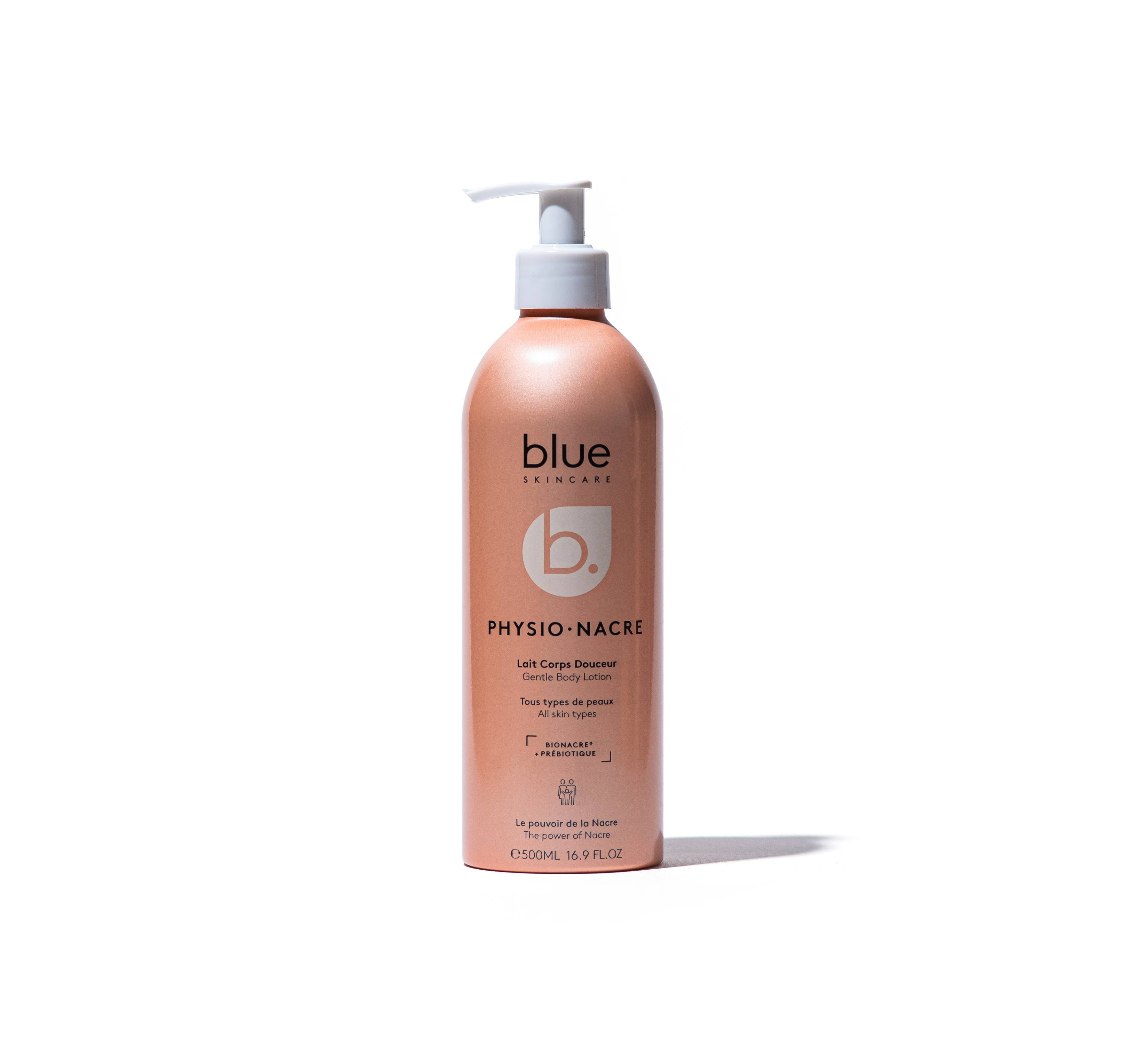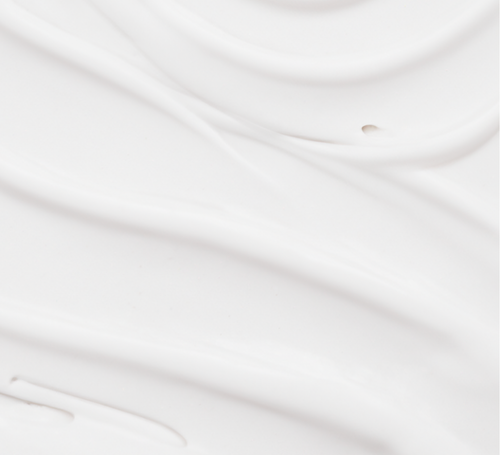Les crises sanitaires et environnementales ont amplifié encore le besoin de transparence, de respect de la santé de la peau et de la planète, et en conséquence la méfiance envers des ingrédients controversés. Ce qui explique le succès de la Clean Beauty, cosmétique propre, et de ses applis spécialisées, outils de choix des adeptes de cette nouvelle beauté.
Yuka, Inci Beauty, Clean Beauty, QuelCosmetic, CosmEthics, Claire, ces applications repèrent la présence d’ingrédients controversés et évaluent la « propreté » dans les formules. En 4 ans, un tiers des Français en a téléchargé au moins une ! Si elles ne sont pas à prendre au pied de la lettre, elles ont pourtant un énorme mérite, celui d’informer les consommateurs et de pousser les marques à être plus vertes.
A quoi servent exactement ces applis Clean Beauty ? laquelle choisir ? quelles sont leurs limites ? et surtout comment bien les utiliser ?
Les réflexes Clean Beauty à suivre
Devant la recrudescence des peaux sensibles et allergiques, le besoin de transparence des formules est criant et les informations données par des instances sont censées être plus objectives que celles apportées par les marques elles-mêmes. Les consommateurs veulent être guidés dans leur choix. Car entre des listes d’ingrédients incompréhensibles à n’en plus finir, les composants accusés d’être à l’origine de problèmes graves pour la peau, les substances douteuses pour la santé et l’environnement, comment se faire un avis sur la « propreté » d’un cosmétique ?
Les bons réflexes :
Déchiffrer une liste d’ingrédients longue et incompréhensible

La liste INCI (International Nomenclature of Cosmetic Ingredients), affichée sur chaque produit en noms latins indique les ingrédients dans l’ordre décroissant de concentration. Les premiers sont donc les plus importants à vérifier pour se faire un premier avis. La Clean Beauty préconise une liste d’ingrédients courte pour éviter la multiplication des substances sur la peau.
Identifier les ingrédients controversés
Beaucoup d’ingrédients incriminés ont fait l’objet d’un buzz médiatique qui a amplifié l’aspect anxiogène. En effet, la cosmétique a suscité plusieurs polémiques, la plus connue d’entre elles concerne les parabens, des conservateurs soupçonnés d’être cancérigènes. Elle a d’ailleurs obligé les marques à supprimer les parabens de leurs formules, au grand dam de certains scientifiques et des diverses autorités de santé qui les défendent en assurant que ce sont des conservateurs efficaces et plus sûrs.
Que s’était-il passé ? Une émission d’Envoyé Spécial à la télévision qui citait le livre d’une chercheuse faisant un lien entre parabens et cancer du sein. Selon certains chercheurs, ils ont été remplacés par des ingrédients moins efficaces et pas plus sûrs. Qui croire ? Cette controverse a installé un vrai climat de méfiance.
Connaitre la liste noire des ingrédients
Ils appartiennent aux familles des CMR (cancérogènes, mutagènes et toxiques pour la reproduction), des perturbateurs endocriniens, des nanomatériaux, des allergènes, des agents irritants ou sont soupçonnés de toxicités diverses.
Les ingrédients les plus controversés sont :
- Les parabens et le phénoxyéthanol,
- Les huiles minérales, venant du pétrole, qui étoufferaient la peau,
- Les silicones car ils sont très polluants,
- Certains sulfates comme le SLS, un tensio-actif (agent moussant) qui serait irritant,
- Les sels d’aluminium, potentiellement cancérigènes,
- Les alcools, car ils dessèchent,
- Les parfums car ils contiennent des allergènes
- L’EDTA, un conservateur toxique,
- Les polymères PEG, obtenus par des gaz toxiques polluants
Repérer les emballages controversés
De nombreux produits cosmétiques sont suremballés et utilisent beaucoup de plastique. La Clean Beauty privilégie ainsi le verre et l’aluminium, plus propres.
Quelle appli Clean Beauty choisir?






Les formidables progrès de l’Intelligence Artificielle ont permis de concevoir des applis Clean Beauty qui permettent de vérifier instantanément la présence ou non d’ingrédients dits controversés. Mais attention, ces applis Clean Beauty n’ont pas les mêmes algorithmes. Certaines n’analysent pas la formule dans sa globalité, mais les ingrédients pris individuellement. D’autres décryptent seulement la formule, d’autres l’impact environnemental en plus, car un produit clean n’est pas seulement une formule clean. Elles sont de plus en plus nombreuses et gratuites mais chacune est différente. Certaines proposent une version payante en plus.
Yuka, l’appli cosmétique qui vient de l’alimentaire

Comme pour les produits alimentaires, à partir d’un scan, l’appli indique l’impact du produit sur la santé avec un code couleur correspondant au niveau de risque, sur le produit fini et sur les ingrédients. Ils apparaissent du plus au moins dangereux, et les raisons du risque sont expliquées, en donnant les sources scientifiques. Yuka fixe la note du produit sur 100, la présence de chaque ingrédient controversé enlevant des points. Mais elle ne tient compte ni de la concentration de l’ingrédient, ni d’autres paramètres, comme celui de l’impact environnemental.
Il y a également une différence de notation entre les produits français et étrangers. Notre réglementation étant plus stricte, elle oblige nos fabricants à afficher tous les ingrédients contrairement à certains fabricants étrangers. Ce qui explique qu’ils puissent obtenir une meilleure note, alors que par exemple, le parfum de la formule est rempli d’allergènes. La base de données Yuka est collaborative, on peut ajouter des produits non référencés si on est membre (prix 14,99€/an). Et si un produit est mal noté, Yuka propose des alternatives.
Clean Beauty, l’appli cosmétique des pros

Créée par une pharmacienne, cette appli Clean beauty ne note pas le produit, mais informe de façon documentée à partir d’un glossaire d’ingrédients. D’après une photo de la liste d’ingrédients, l’appli les analyse et détecte ceux qui sont à risque, ainsi que les allergènes, puis explique pourquoi ils sont controversés. Elle permet d’avoir un avis sur le produit en allant juste sur le site de la marque pour photographier la liste d’ingrédients.
Inci Beauty, l’appli cosmétique des concentrations

Cette appli liste les ingrédients en tenant compte de leur concentration dans le produit, plutôt que de leur nocivité potentielle. En effet, un ingrédient peut être totalement inoffensif à très faible concentration, ou nocif s’il est présent en grande quantité. Chaque ingrédient est noté sur 20, et la note du produit tient compte aussi de l’impact environnemental : les composants nuisant à l’environnement sont classés « pas terrible ». Une liste de produits alternatifs est affichée, et l’appli indique aussi où on peut trouver le produit et à quel prix selon les différents lieux de vente.
En prime, l’appli classe les produits en fonction de leur note. Si on a jeté l’emballage, la barre de recherche permet de retrouver le produit. C’est une plateforme communautaire qui permet aussi d’échanger des avis.
QuelCosmetic, l’appli cosmétique de Que Choisir

Cette appli a été créée par l’UFC Que choisir, qui à partir du scan du code-barres, estime le niveau de risque du produit selon la présence ou non de composants controversés, d’après une liste qu’elle a elle-même établie. Intéressant, l’analyse des risques se fait par famille d’utilisateurs (bébés, enfants/ados, femmes enceintes, adultes…). Cette appli clean beauty propose aussi des produits alternatifs.
Cosmethics, l’appli cosmétique personnalisable

Après analyse de la liste d’ingrédients, l’appli prévient si le produit contient des ingrédients controversés. Pratique pour certains, on peut mettre une alerte personnalisée sur tel ou tel ingrédient, par ex si on est allergique à tel composant, ou si on est vegan, ou si on refuse tel ou tel ingrédient.
Claire, l’appli cosmétique de la Fédération

Cette appli, créée en novembre 2020 par la FEBEA (Fédération des Industries de la Beauté) et développée avec la Société Française de Cosmétologie, scanne la liste INCI et donne des informations sur plus de 25 000 ingrédients. Elle prend en compte certains changements de formule même si les marques ne les signalent pas dans leur code-barre. Son objectif n’est pas de noter les produits finis mais d’éclairer le consommateur sur les composants des produits avec une fiche sur chacun d’entre eux. Un scan sur la liste permet de connaitre la fonction d’un ingrédient et pourquoi il fait, éventuellement, l’objet d’une polémique.
Les avantages d’utiliser une application de Clean Beauty
De plus en plus de consommateurs se préoccupent de la qualité et de la sécurité des produits cosmétiques qu’ils utilisent. Face à la multitude d’ingrédients et de termes complexes présents sur les emballages, il peut être difficile de faire les bons choix. L’avantage des applications Clean Beauty :
Décryptage des ingrédients en toute simplicité
L’application fournit des explications détaillées sur chaque ingrédient, indiquant s’il est sûr, potentiellement irritant ou toxique. Grâce à cela, les utilisateurs peuvent prendre des décisions éclairées et choisir des produits adaptés à leurs besoins et à leurs préférences.
Suggestions d’alternatives sûres et naturelles
Les applications Clean Beauty ne se contentent pas de décrypter les ingrédients, elle propose également des alternatives plus sûres et plus naturelles aux produits conventionnels. En analysant les ingrédients d’un produit, l’application peut recommander des produits clean et green qui répondent aux mêmes besoins. Par exemple, si vous recherchez un hydratant sans ingrédients synthétiques nocifs, l’application peut suggérer des produits à base d’huiles végétales biologiques ou d’extraits naturels connus pour leurs propriétés hydratantes.
Suivi des marques et des tendances
Une capacité à suivre l’évolution des marques et à fournir des informations sur les nouvelles tendances et découvertes dans le domaine des cosmétiques. Elles peuvent informer les utilisateurs sur les marques qui adoptent des pratiques de fabrication respectueuses de l’environnement, les certifications bio et les labels de qualité. De plus, elles les tiennent informées des avancées scientifiques dans le domaine des ingrédients cosmétiques.
Encouragement à la transparence et à la responsabilité
Leur utilisation encourage la transparence et la responsabilité des marques. Les consommateurs de plus en plus conscients peuvent partager leurs expériences, évaluer les produits et les marques, ce qui influence les pratiques de l’industrie cosmétique. Cela favorise une concurrence saine et incite les fabricants à améliorer la qualité de leurs produits.
Les limites des applis Clean Beauty
Ces applis sont de formidables outils d’information qui incitent les marques à « nettoyer » leurs produits. Elles ont pris beaucoup de pouvoir sur le marché des cosmétiques. Un rôle qui mérite d’être tempéré, car tout n’est pas noir ou blanc dans les cosmétiques et les verdicts tranchés des applis méritent des nuances.
Deux conseils pour une utilisation experte :
Des résultats différents
On n’obtient pas les mêmes résultats selon les applis, donc à qui se fier et comment se repérer ? une bonne raison pour ne pas suivre leur verdict les yeux fermés.
- Elles ne prennent pas toutes en compte la concentration des ingrédients, la région où le produit est appliqué, s’il est rincé ou non, et à quel rythme il est utilisé.
- Plusieurs occultent l’impact environnemental des produits, et les conditions de vie des travailleurs : un composant peut être tout à fait inoffensif mais s’il est fabriqué par des ouvriers à qui l’on fait subir des cadences intensives, peut-on dire que ce produit est vraiment clean ?
- Les formules cosmétiques sont très complexes, or les applis qui sont obligées de simplifier, font des raccourcis qui changent la donne. Sur certains ingrédients, les données scientifiques sont insuffisantes. Le débat reste donc ouvert, mais l’appli, elle, tranche, même en dehors de tout cadre législatif.
- Les applications peuvent faire des erreurs, technologiques ou humaines (produit mal scanné, détection de composants dits nocifs alors qu’ils ne le sont pas ou non détection alors qu’ils le sont). Et puis les bases de données deviennent vite obsolètes… la Febea (Fédération de la beauté) estime à 800 000 références le nombre de produits vendus en Europe, et un tiers de ces produits voient leurs formules changer tous les ans !
On en oublie sa peau

A force de se focaliser sur les produits et sur les ingrédients décriés, l’ambiance devient anxiogène et on en oublie les besoins et la nature de sa peau. Il faut donc personnaliser le choix de l’appli en fonction de ses critères perso. En effet, les applis Beauté Clean ne classent pas les ingrédients dits à risque de la même façon. Par exemple, un ingrédient rejeté par l’appli car potentiellement allergisant est à priori sans danger pour vous si vous n’avez aucun terrain allergique.
Pourquoi les applis Clean Beauty secouent les marques?
Les applis représentent un outil très utile d’information pour les consommateurs, en levant le voile sur une certaine opacité entretenue par les marques. Elles poussent les fabricants dans leurs retranchements et les obligent à accélérer et amplifier leur démarche de « cleanitude ». Aujourd’hui, toutes les marques ont entamé ce processus. Ce sont des chantiers colossaux pour les grandes marques qui ont énormément de références à revoir, des process longs, mais les moyens de le faire et également pour les petites marques plus agiles, qui ont moins de références mais peu de moyens.
C’est le début de cette nouvelle cosmétique plus naturelle, plus respectueuse et plus transparente, dont le développement est clairement une voie d’avenir. Les applis devront suivre cette évolution pour prendre en compte tous les paramètres : formules, packagings, impact environnemental, et informer de façon globale un consommateur de plus en plus exigeant et attentif à une consommation vertueuse. Une chose est sûre, la transparence est désormais non négociable. Et avec des applis, le mouvement de la Clean Beauty n’est pas près de s’arrêter.
C’est quoi la Clean Beauty ?
La Clean Beauty, une tendance en vogue qui révolutionne l’industrie de la beauté proposant des produits qui allient efficacité et respect de votre santé et de l’environnement. La Clean Beauty privilégie des ingrédients naturels, sûrs et non toxiques, pour une peau éclatante de beauté et de bien-être. En choisissant ces alternatives plus saines, vous contribuez également à la préservation de notre planète. De plus, cette approche éthique favorise l’utilisation de matériaux d’emballage durables et soutient des pratiques respectueuses envers les animaux. Optez pour une beauté consciente et laissez-vous séduire par la magie de la Clean Beauty !
Quelle est la meilleure application pour les cosmétiques ?
Parmi les applications populaires dédiées aux cosmétiques, plusieurs se distinguent par leurs fonctionnalités et leur utilité. Parmi celles-ci, “Yuka” est souvent considérée comme l’une des meilleures. Elle permet de scanner les codes-barres des produits cosmétiques pour obtenir des informations sur leur composition et leur impact sur la santé. “Inci Beauty” est également très appréciée pour son évaluation des ingrédients et son système de notation. “Clean Beauty” offre une sélection de produits non toxiques et respectueux de l’environnement. “QuelCosmetic” et “CosmEthics” fournissent des informations détaillées sur les composants des produits, tandis que “Claire” offre des recommandations personnalisées. Faites votre choix selon vos besoins et préférences spécifiques !
